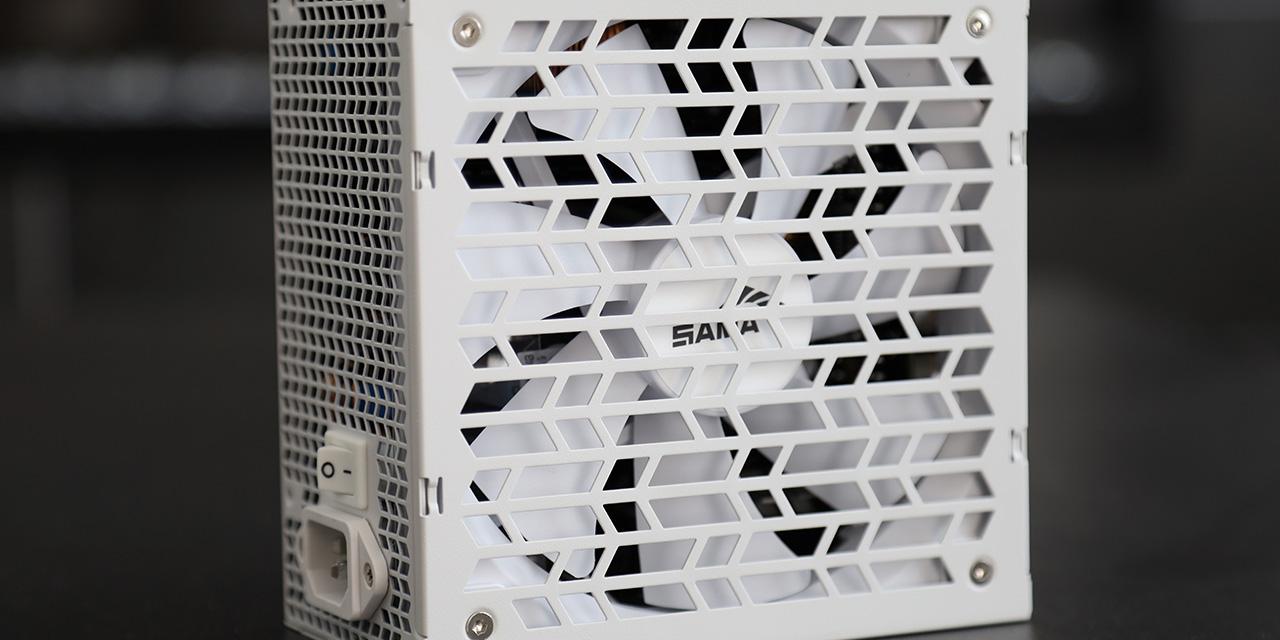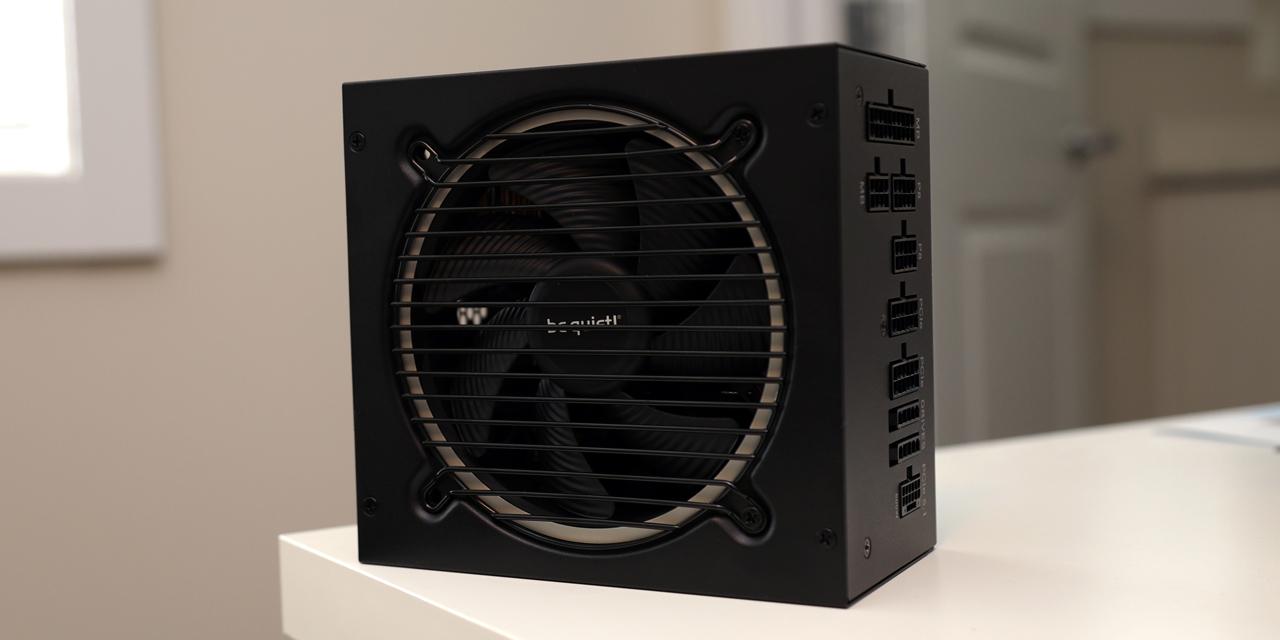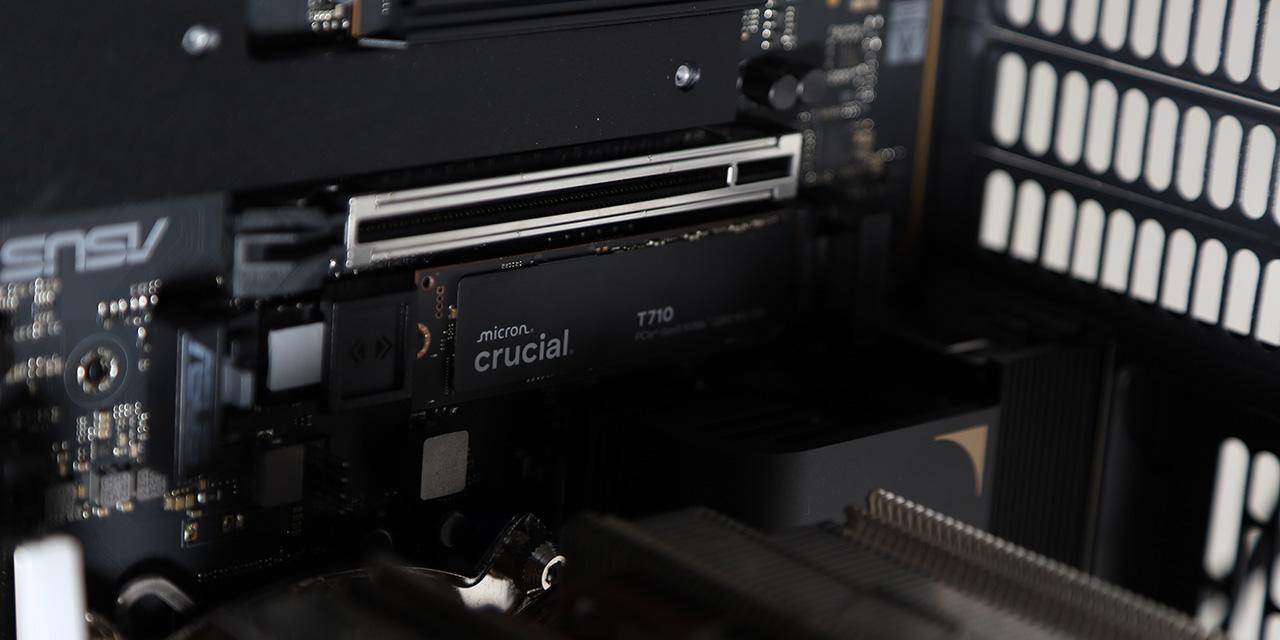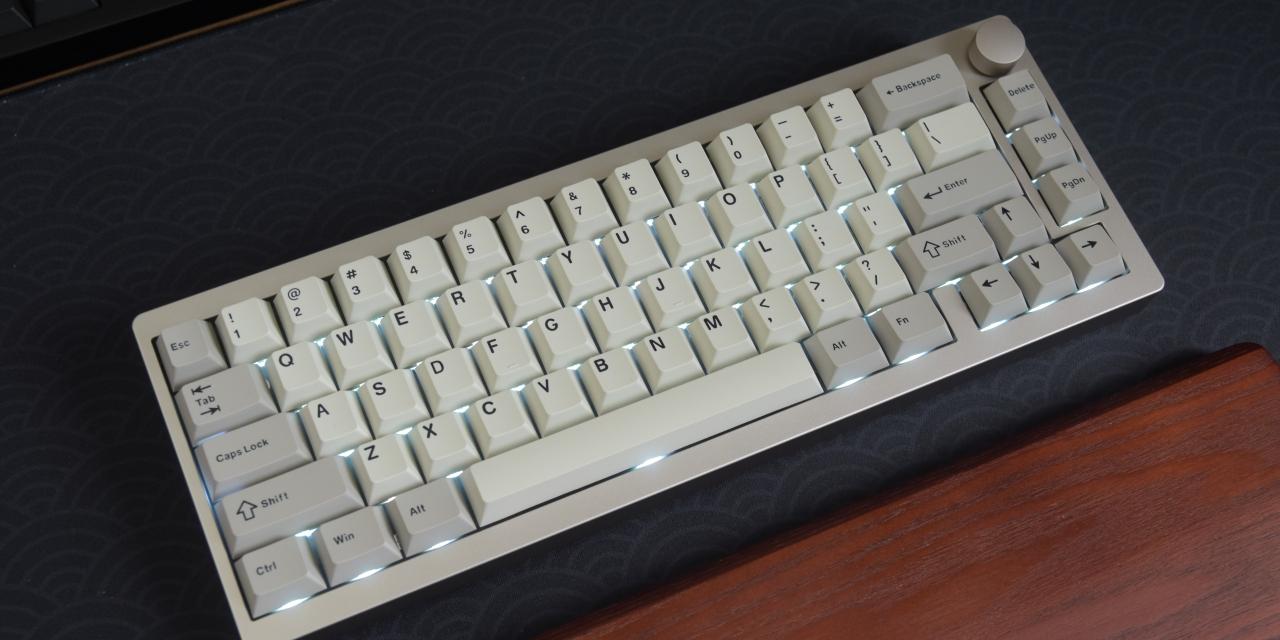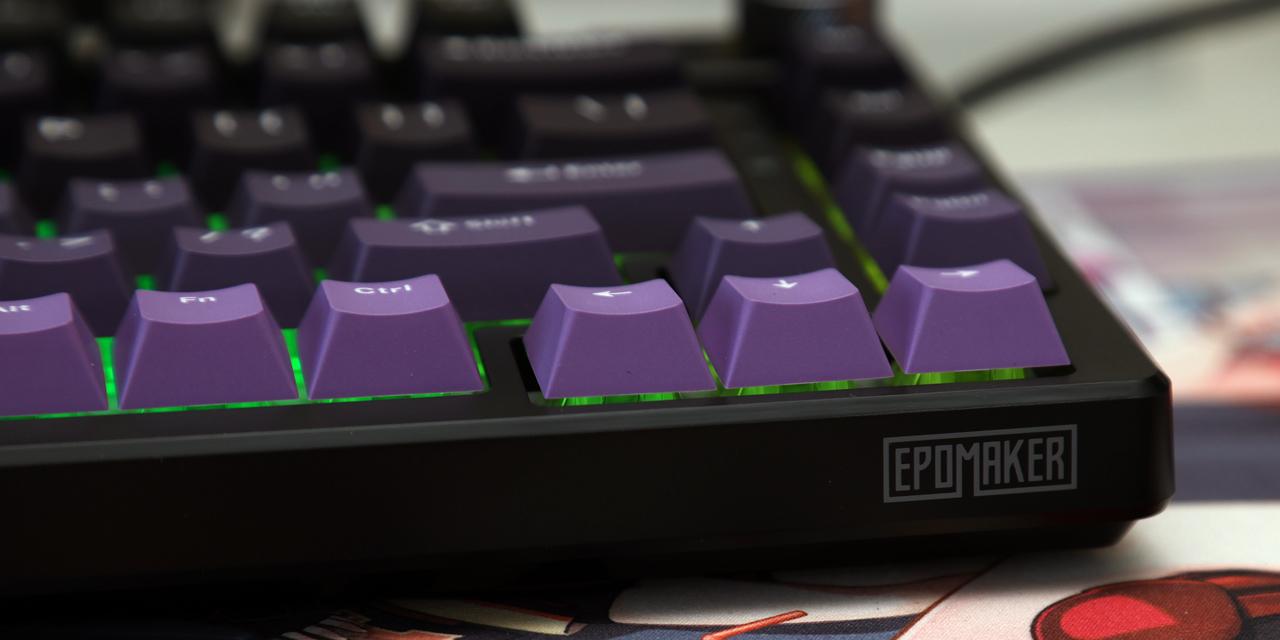By: Jonathan Kwan
July 8, 2016
As weird as it sounds, I know a guy who has an interesting tendency to look at other people's phone screen if it was within his visual range. Every time you get a notification, if he was sitting next to you, you know he would be reading it. However, this is not the worst thing he does. He would also read it out loud so everyone around you can hear it, followed by some awkward questions about the sender, as well as the context of your message. The first time this happened, I thought it was an isolated incident. However, after a while, I found out not only does he do this all the time, he would also do it to everyone else as well. Needless to say, I soon learned to keep my phone in my pocket if he was nearby. Now, that said, while I am slightly annoyed by what he does, I do have to clarify he does not have any bad intent. In fact, he does not even know he is annoying anybody. This brings about the question: Why are some people annoyed, or even offended, whenever he reads their text messages out loud? I think the reason is because not only is it an invasion of privacy that can often causes public embarrassment for the person receiving the message, even if they have nothing to hide, it is just not socially acceptable thing to do. There are cultural protocols in existence, and if you do something out of it, then what you are doing becomes inappropriate. When the Serial ATA protocol was first invented, it was made for mechanical hard drives that are nowhere near its bandwidth limit. However, when SSDs came along, even the third revision's 6Gb/s bandwidth was soon saturated, and became no longer appropriate in application. As such, a new protocol needs to be developed, and along came NVM Express in 2011. The NVMe protocol standardizes storage communication on PCI Express for high end SSDs, and today we have OCZ's latest RD400A in our labs today to see how it fares in the super speed realm. With groundbreaking performance promised in this new flagship, read on to see if a change in protocol along with a performance oriented hardware make it a worthy successor to the OCZ RevoDrive 350!
Our review unit of the OCZ RD400A 512GB came in a medium sized, brown corrugated cardboard box from Toshiba's American headquarters in Irvine, California, USA. I do not know much about Irvine, other than the Kelly Clarkson song from the album My December back in 2007, but a lot of technology and semiconductor companies have their offices in this city. Using the FedEx International 2day service, this is quite a departure from OCZ's usual UPS shipment from Taiwan. With that in mind, everything arrived to us safely here in Calgary, Alberta, Canada for our review today.
Since OCZ has now been fully absorbed into Toshiba's consumer storage arm, the packaging design has also been also updated to reflect this change. This is an evolution of the rebranding effort first seen in the OCZ ARC 100 240GB we reviewed a couple of years ago; the main difference is Toshiba's branding is now explicitly printed in a prominent location, which is something new to us. That said, the white, black, and teal color scheme should still be familiar to anyone who has purchased an OCZ product in the last two years. In my opinion, the company's marketing team has done a wonderful job at slapping together a package that ensures people know what is inside, while keeping the interface clean and visually appealing. A photo of the SSD itself occupies most of the room on the box. At the bottom, the "OCZ RD400" text in silver tells you this is a RD400 solid state drive, just in case you did not see it in the photo above. Meanwhile, a logo at the top right corner indicates this is an NVMe drive. Brief product specifications, description, and feature highlights can be found at the back of the box.
Before we move on to the specifications, let me just make a quick clarification on the model designation of this product. The SSD in M.2 2280 physical format by itself is called the RD400, while the bundle that includes a PCI Express adapter board like our review unit is designated "RD400A" -- the extra "A" at the back stands for add-in card.
Performance
Sequential Read Speed: Up to 2,600 MB/s
Sequential Write Speed: Up to 1,600 MB/s
Random Read (4 KiB): Up to 190,000 IOPS
Random Write (4 KiB): Up to 120,000 IOPS
Endurance
TBW (Total Bytes Written): 296 TB
Daily Usage Guidelines: 162 GB/day
Physical
Form Factor: M.2 2280, M.2 2280+AIC
Interface:
- PCI Express Base Specification Revision 3.1 (PCIe)
- Maximum Speed: 32 GT/s (PCIe Gen3x4L)
- Command: NVM Express Revision 1.1b (NVMe)
NAND Flash Memory Type: MLC
Dimension (L x W x H): 80 x 22 x 2.23 mm; AIC: 157.64 x 105.51 x 17.2 mm
Drive Weight: 7.2 g (typ.); AIC: 63 g (typ.)
Power Requirements
Supply Voltage: 3.3 V +/- 5%; AIC: 12 V +/- 5%
Power Consumption (Active): 6.0 W (typ.); AIC: 6.4 W (typ.)
Power Consumption (Power State 5): 6.0 mW (typ.)
Environmental
Operating Temperature: 0°C to 70°C
Storage Temperature: -40°C to 85°C
Shock Resistance: 9.8 km/s^2 {1000 G} (0.5 ms)
Vibration:
- Operational: 21 m/s^2 {2.17 Grms} (Peak, 7 to 800 Hz)
- Non-operational: 30 m/s^2 {3.13 Grms} (Peak, 5 to 800 Hz)
Certifications: UL/cUL, FCC, CE, RCM, KC, BSMI, VCCI, and ISED
Reliability / Security
MTBF: 1.5 Mhours
Product Health Monitoring: Self-Monitoring, Analysis and Reporting Technology (SMART) Support
Compatibility
PCI Express: Compatible with PCI Express Base Specification Revision 3.1
Operating System: Windows 10, Windows 8.1, Windows 7; Linux Fedora 21, Mint 17.1, ElementaryOS Freya, OpenSUSE 13.2, Ubuntu 14.04, Ubuntu 14.10
Connector Type
- M.2: M.2 M key socket
- AIC: PCIe slot
Targeted Applications: Client desktops and laptops
* Compatible operating system for SSD is not the same as compatible operating system for SSD Utility or CLOUT
Additional
Performance Optimization: TRIM, Idle Time Garbage Collection
Service & Support: 5-Year Advanced Warranty Program, Toll-Free Tech Support
Software: SSD management software: SSD Utility and Command Line Online Update Tool (CLOUT)
Upon opening a flap on the side and sliding out the clear plastic tray, you will find almost nothing included from the factory. This is not a budget drive, but hey -- what more do you want, haha. Clipped between two clear plastic tray pieces is the OCZ RD400 512GB pre-installed on an included PCI Express adapter board. The only other accessory included is a low profile bracket. Unless you count an installation guide and warranty information card as accessories, there is quite literally nothing else from the manufacturer.
Page Index
1. Introduction, Packaging, Specifications
2. A Closer Look, Test System
3. Benchmark: AIDA64 Disk Benchmark
4. Benchmark: ATTO Disk Benchmark
5. Benchmark: Crystal Disk Mark 3.0
6. Benchmark: HD Tach 3.0.1.0
7. Benchmark: HD Tune Pro 4.60
8. Benchmark: PassMark PerformanceTest 8.0
9. Benchmark: PCMark Vantage
10. Benchmark: PCMark 8
11. Conclusion

